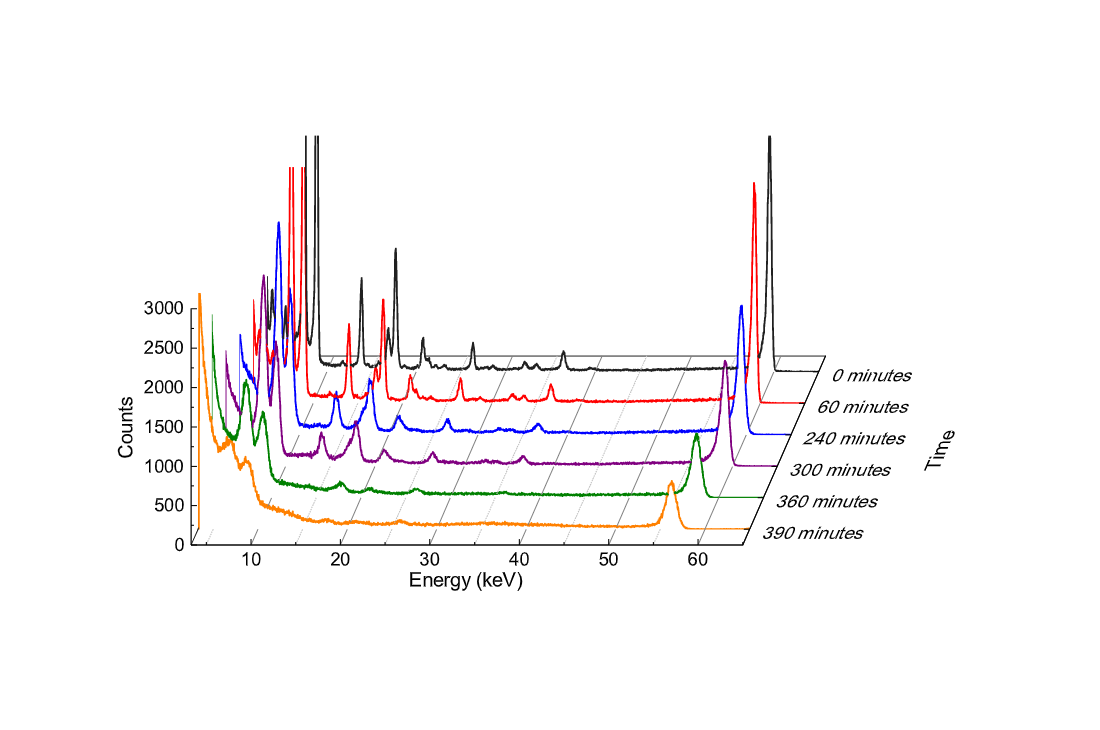Bias polarization characterization of Al/CdTe/Pt Schottky X-ray detector for industrial applications
Al/CdTe/Pt Schottky diodes are commonly used as X-ray and -ray detectors thanks to their high absorption coefficients and room temperature working conditions. One known drawback is the bias induced polarization, which downgrades the spectroscopic performances by progressively decreasing the charge collection efficiency. In the frame of charge accumulation model (CAM), the bias induced polarization is explained with Cd vacancies that create a deep acceptor level inside the gap: when a reverse voltage is applied, this level is thermally populated deforming the electric field inside the detector. We measured the reverse current transient at different temperatures and interpreted the experimental results with the CAM. In particular, we investigated the Schottky barrier height, its relation to the electric field at the anode, the ratio between deep trap concentration and de-trapping time and the energy of the deep acceptor level. We estimate an energy of 0.59 eV above the valence band edge for the acceptor level. We propose a variation to the CAM that takes into account two deep acceptor levels, instead of only one, this allows to improve the fittings of the time dependence of the electric field at the anode.
Nuclear Instruments and Methods in Physics Research Section A: Accelerators, Spectrometers, Detectors and Associated Equipment 1019 (2021): 165902.


Comments are closed